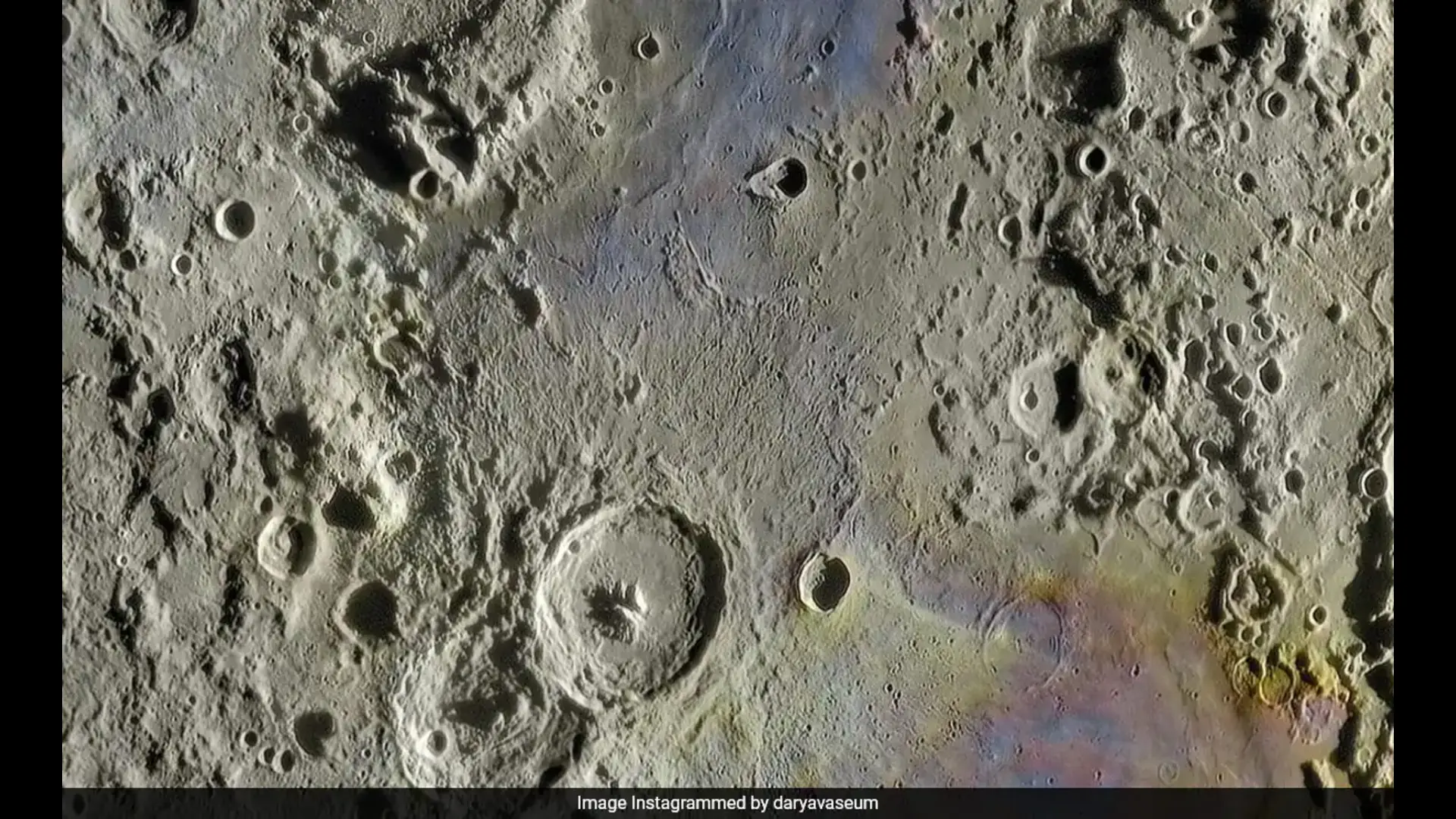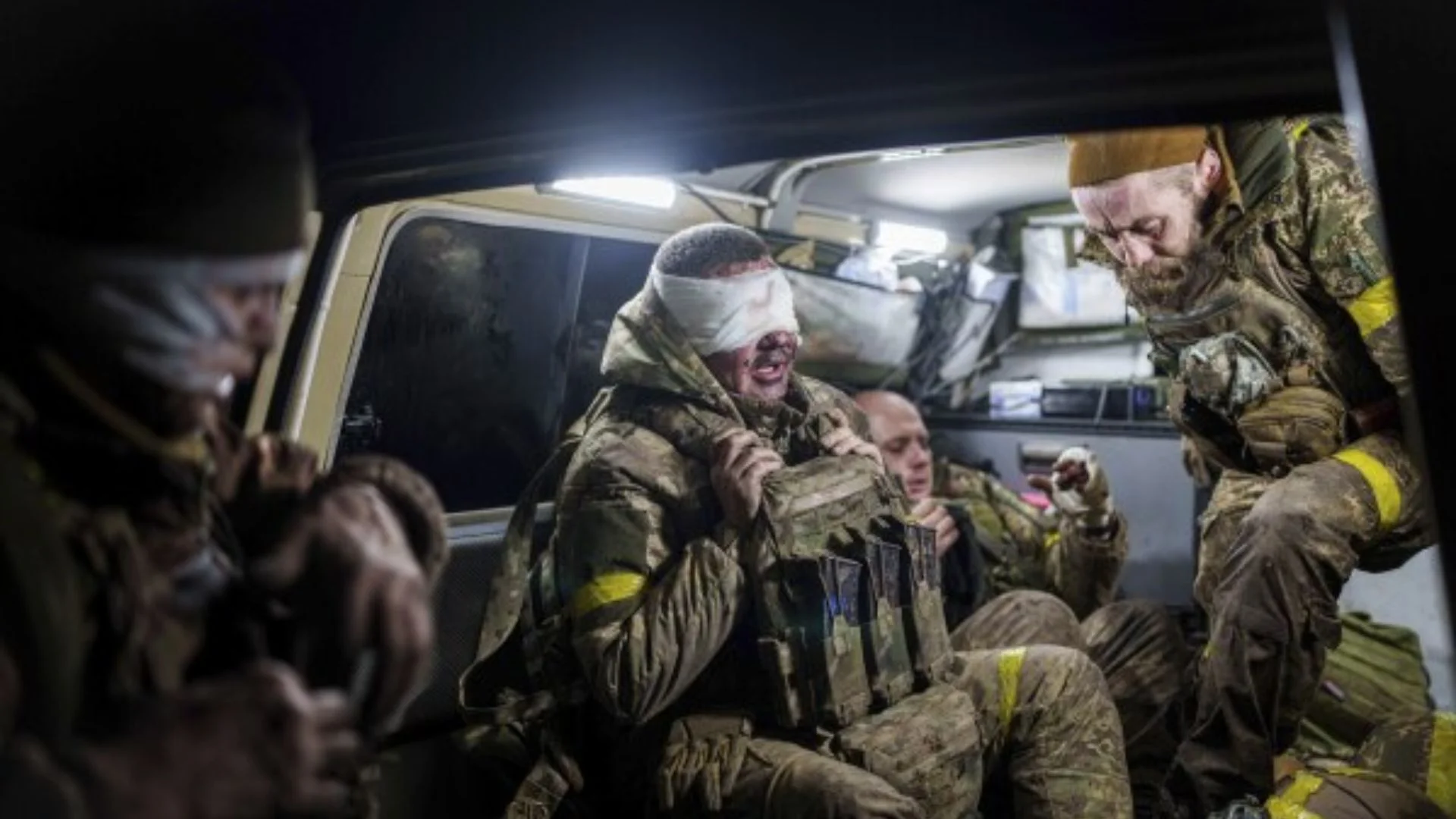Kurdish astrophotographer Darya Kawa Mirza has achieved a groundbreaking feat by capturing the most detailed image of the Moon ever taken. The image, which required four days of continuous observation and shooting, showcases the lunar surface in stunning clarity, revealing features that may have never been seen before.
Mirza’s photograph, a staggering 159.7 megapixels and weighing in at 708 gigabytes, is the result of stacking over 81,000 individual images. The final image is a composite of four different Moon phases and shadow areas, allowing for a detailed examination of the lunar topography.
Key Details of the Image:
Image Size: 708 GB
Images Stacked: Over 81,000
Composition: Merging of four different Moon phases and shadow areas
Telescope Used: Skywatcher Flextube 250p Dobsonian modified on an Equatorial Mount NEQ 6pro
Cameras Used: Canon EOS 1200D (for minerals), ZWO ASI 178mc (for details)
AI Involvement: None
Image Resolution: 159.7 megapixels
Understanding the Colors:
The image features vibrant colors that highlight geological differences on the lunar surface. While these colors are not what the human eye would naturally perceive, they serve as a valuable tool for scientists. Reddish areas indicate high iron and feldspar content, while blue-tinted zones have higher titanium content.
To put it simply, the colors in the image are like enhanced filters that help us see details that might otherwise be invisible. It’s similar to how color-blind individuals may struggle to differentiate between certain colors, even though they are present. The enhancements in Mirza’s image make these lunar details more visible and easier to study.
Recently, NASA astronaut Matthew Dominick, who had resided on the International Space Station for approximately four months, took a breathtaking photograph of the moon disappearing over the Pacific Ocean.























